
Back in 1970, Jeff Astle played for England at the FIFA World Cup. In 2002, after suffering with a dementia-type brain disease for a number of years, he died at his daughter’s home, aged just 59.
Later analysis (in 2014) of Astle’s brain revealed he’d suffered from chronic traumatic encephalopathy (CTE), a brain disease often seen in boxers. The neurosurgeon who performed the examination, Dr. Willie Stewart, concluded that, much like powerful blows to boxers’ heads, Astle’s repeated heading of the ball had caused his CTE.
Now, Stewart has been part of a team that has revealed that former professional footballers are five times more likely to have a dementia-type illness, and three-and-a-half times more likely to die from it, than members of the general public.
Since the findings were published in October 2019, former players and football fans have called for a change in the rules around head injuries and heading the ball. At the time of writing, the Scottish Football Association is considering a ban on children under 12 heading the ball. But does the science support this?
Stewart’s study looked at data from over 7,000 former professional players and 23,000 controls from the general population, matched on the basis of sex, age, and socio-economic class. The findings were based on mortality rates and prescriptions of drugs for dementia symptoms. “Out of those 1,180 footballers in our study who died, 222 had died of neurodegenerative diseaserelated causes. Two hundred and twenty-eight members out of the control group [of 23,000 people] died of neurodegenerative disease,” explains Stewart.
“Considering there had been three times as many people in the control group, we expected to see three times the number of deaths.”
This story is from the March/April 2020 edition of Very Interesting.
Start your 7-day Magzter GOLD free trial to access thousands of curated premium stories, and 9,000+ magazines and newspapers.
Already a subscriber ? Sign In
This story is from the March/April 2020 edition of Very Interesting.
Start your 7-day Magzter GOLD free trial to access thousands of curated premium stories, and 9,000+ magazines and newspapers.
Already a subscriber? Sign In
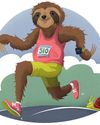
TAKE IT SLOW
Slow running is a fitness trend with some hard and fast science behind it
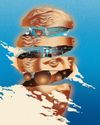
Physics, AI and music share a common thread. You just have to know where to look
Studying science can lead you in many directions and open doors to unexpected possibilities along the way
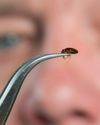
BED BUGS VS THE WORLD
When bloodthirsty bed bugs made headlines for infesting Paris Fashion Week in 2023, it shone a spotlight on a problem that's been making experts itch for decades: the arms race going on between bed bugs and humans
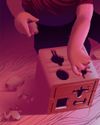
Kids are the key to understanding obesity. But we need more of their genes...
We can unravel the role that bodyweight plays in disease, but we need a bigger, more diverse, sample of genetic material to do so

COVID inquiry: What did we learn and what can we do better in future pandemics?
Masks, social distancing, lockdowns... how effective was the UK's response to the COVID-19 pandemic?
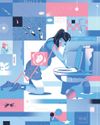
One hormone could be the key that unlocks a cure for morning sickness
The nausea and vomiting that, in extreme cases, can endanger mothers and babies might soon be just a memory
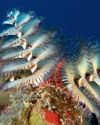
THE WORLD'S WEIRDEST CREATURES
Under the sea and upon the land, some animals look - to us - pretty strange...
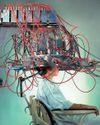
WHEN MIND AND MACHINE COLLIDE
First, Elon Musk wanted to make electric cars ubiquitous, then he wanted to make space exploration a private enterprise. Now, with Neuralink, his newest venture, Musk hopes to merge humans and artificial intelligence. Turns out, it might not be such a crazy idea...
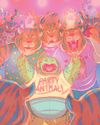
COME OUT OF YOUR SHELL
Social anxiety is more than just being shy. It's a phobia born out of our evolutionary past. But that raises a puzzling question: why do so many of us fear human interaction when we're supposed to be the most sociable species on the planet?

SPACE ODDITIES
Take a tour of the weirdest spots in the universe, where the 'normal' rules don't apply. Places that squeeze time, blow bubbles and even rain glass... sideways